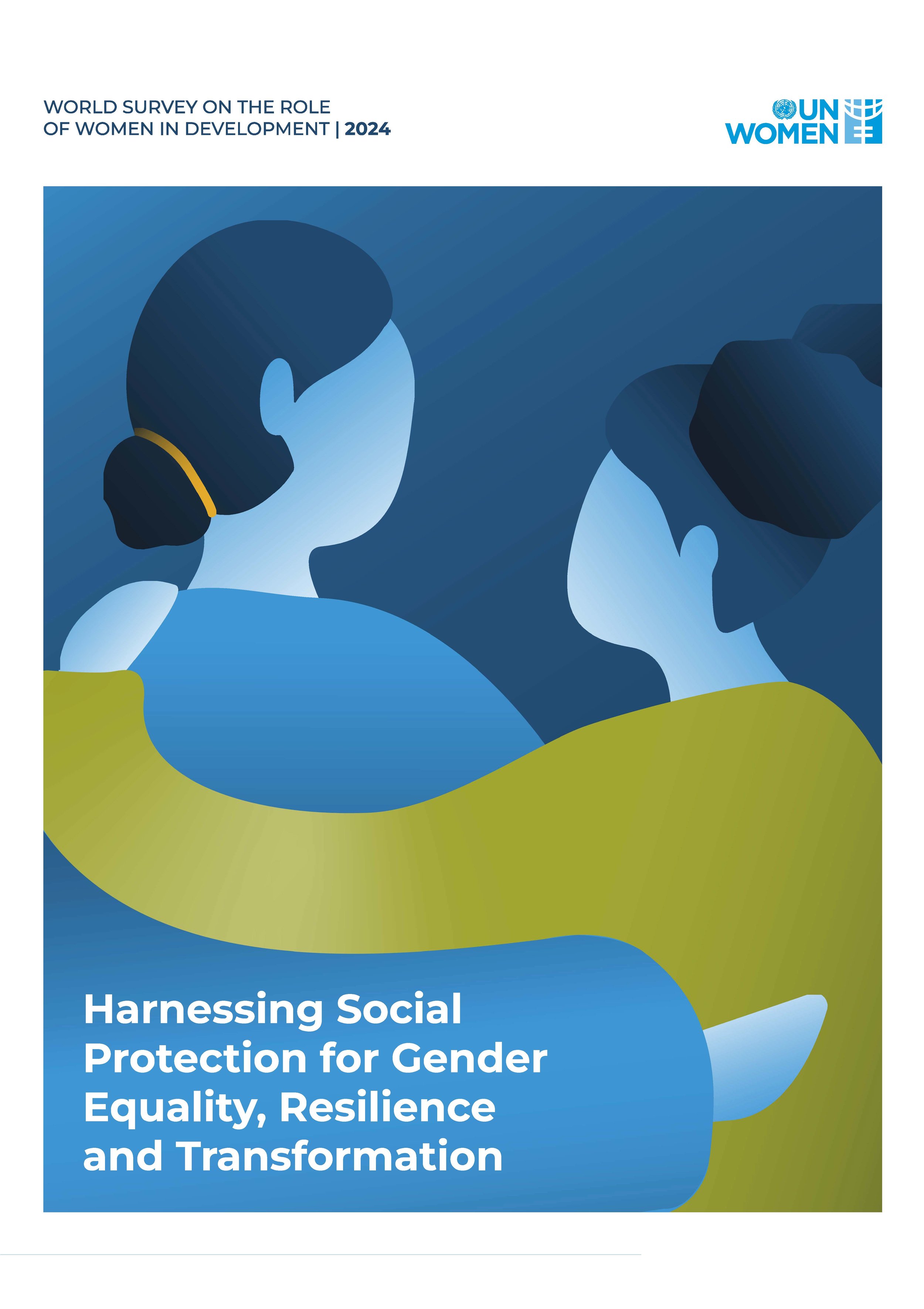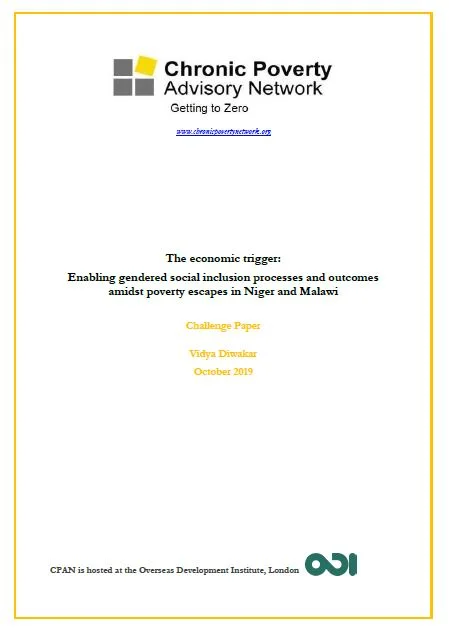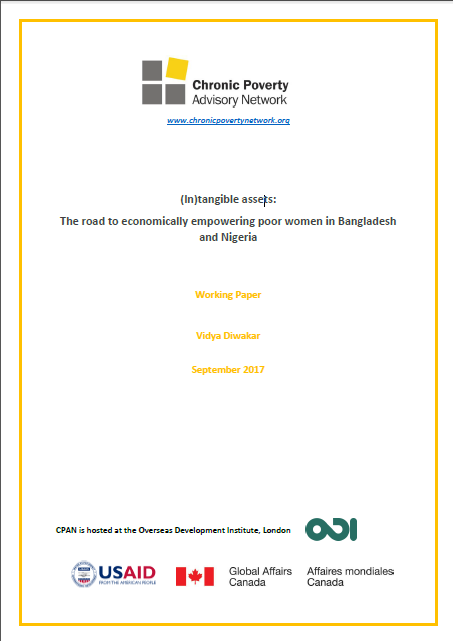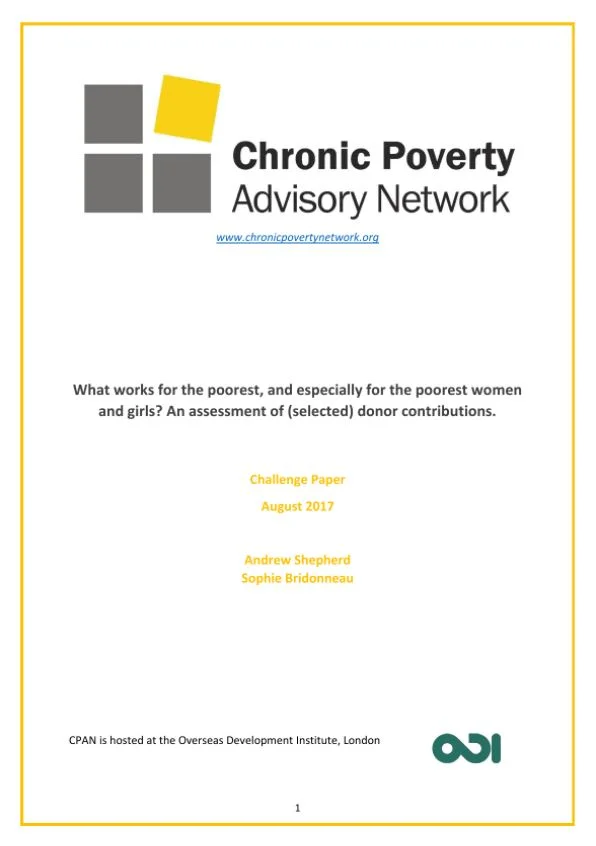This paper focuses on the economic empowerment of poor and very poor women and girls.
There is a substantial body of work on women’s economic empowerment (WEE) as a whole. This identifies a wide range of factors that can enable or constrain women’s economic empowerment. Some of these are structural or macro factors, for example discriminatory social norms and the embedding of patriarchy into institutions, including market characteristics and laws. Others are factors may enable women to drive change, such as collective action and leadership. Others still are to do with women’s own ability to earn and control income, assets and capabilities, including their education, skills development and training, access to property, assets and financial services, social protection, access to quality, decent paid work and their unpaid care and work burdens. Advice on the practical interventions to enable WEE is rarely disaggregated by the intersecting inequalities that magnify poverty and inequality. As such, it fails to address the significant barriers to WEE for chronically poor women. This paper seeks to fill this gap in the literature
Click here to download the paper
Author: Kate Bird








